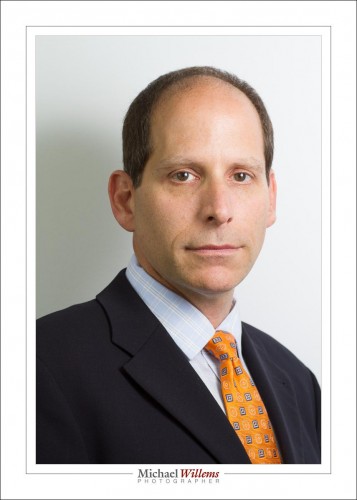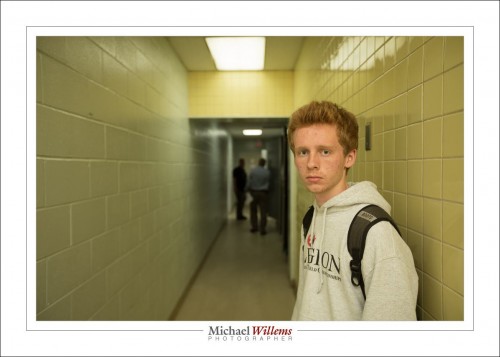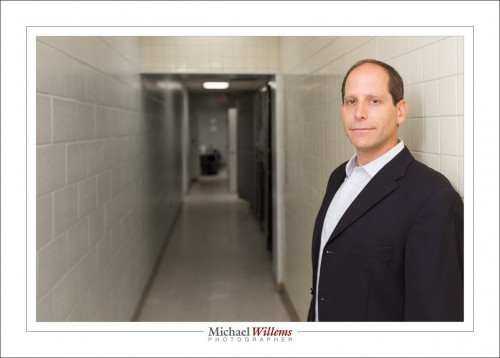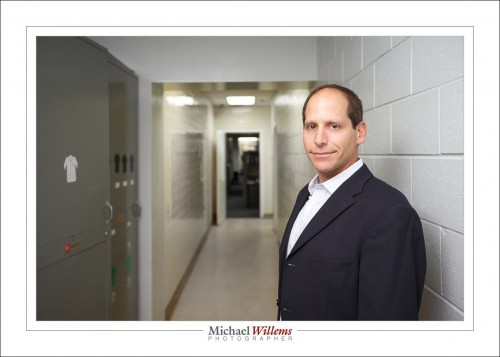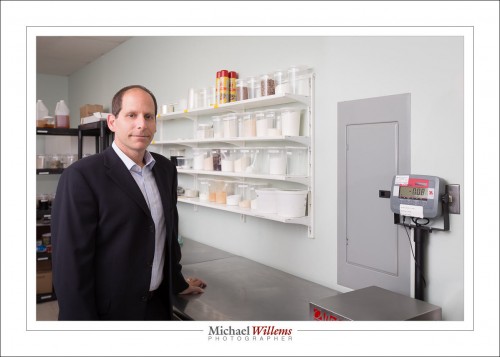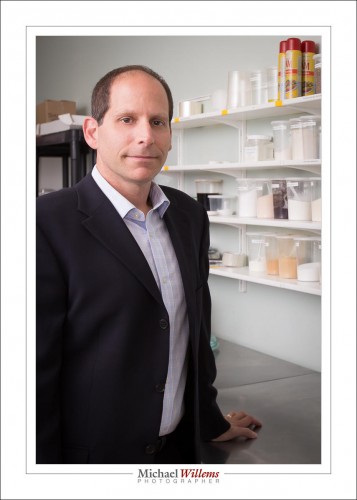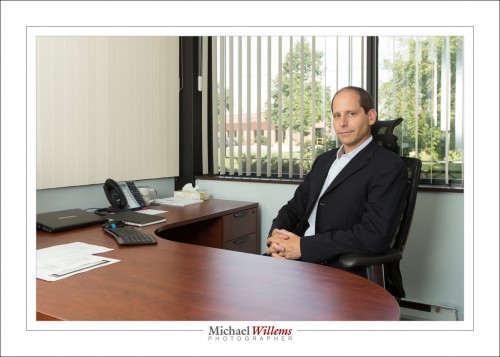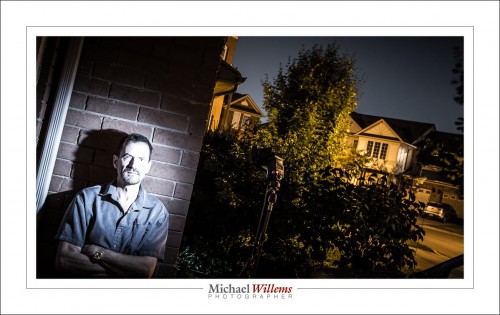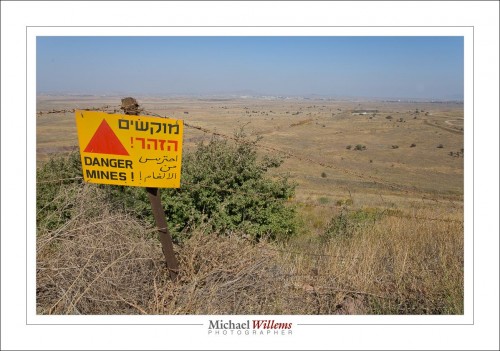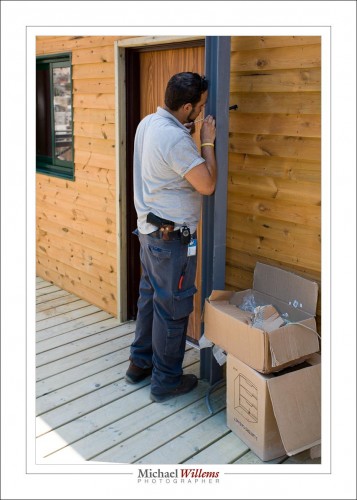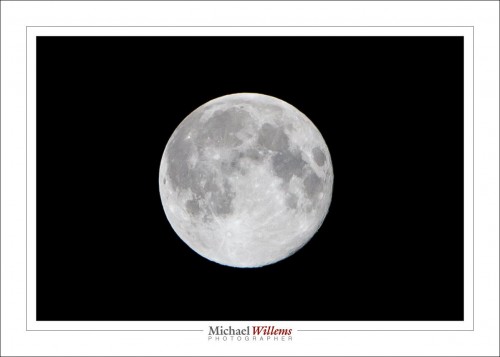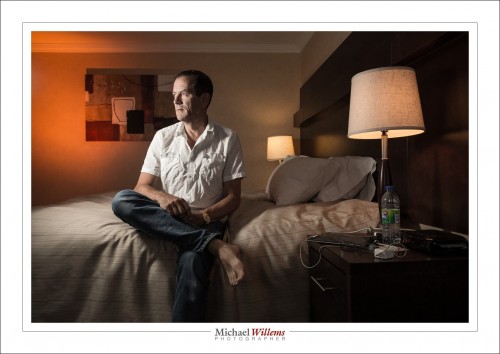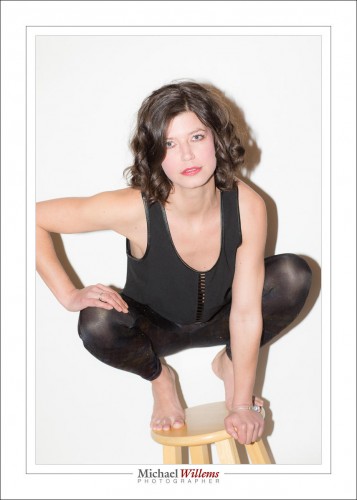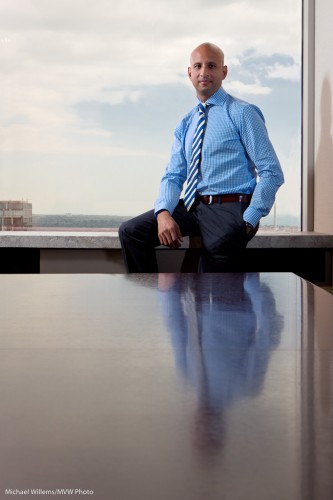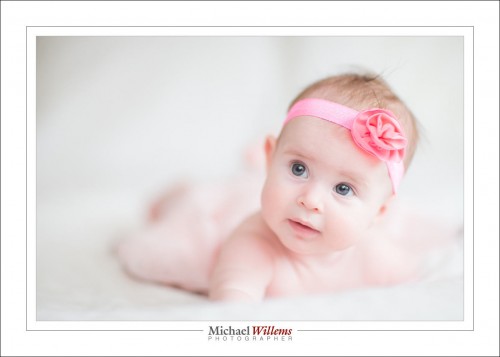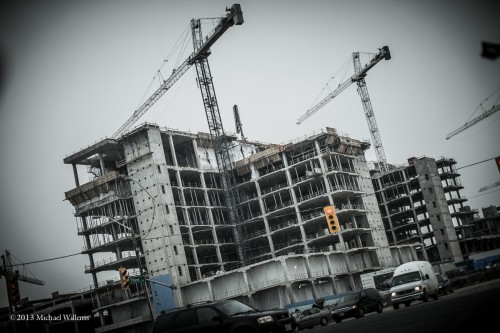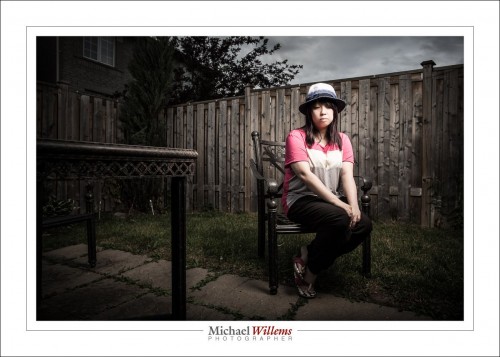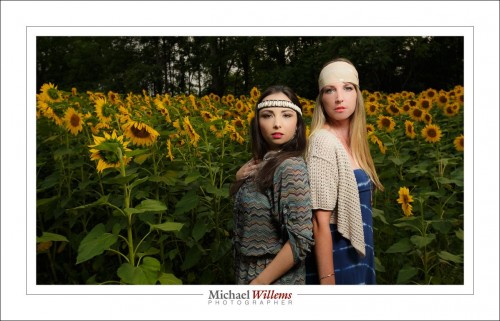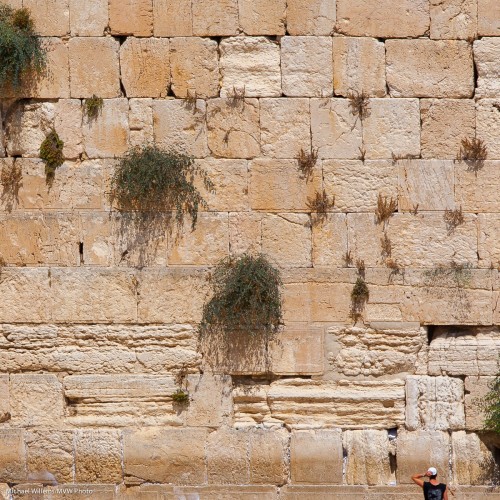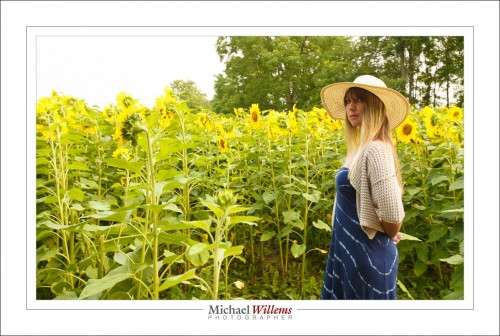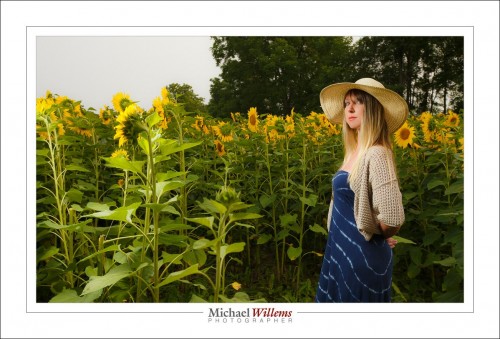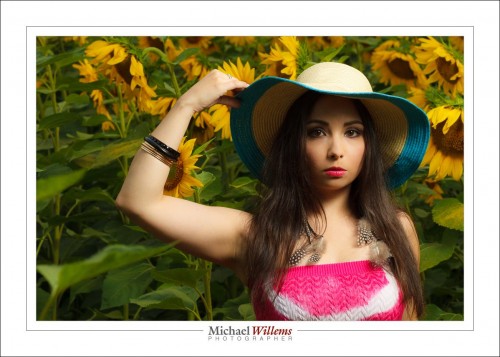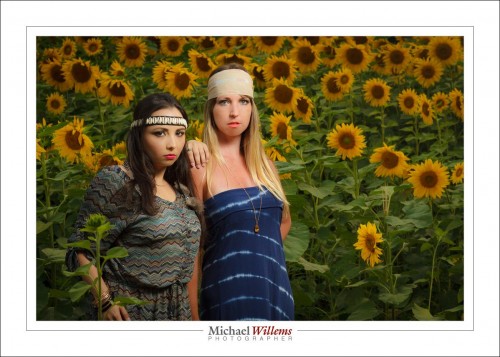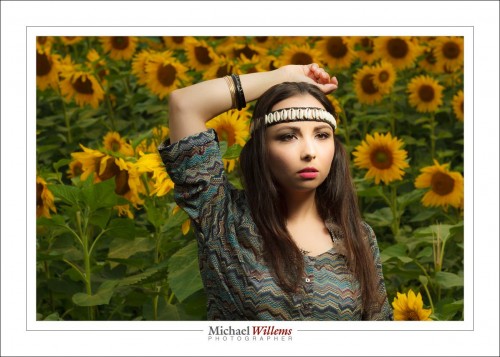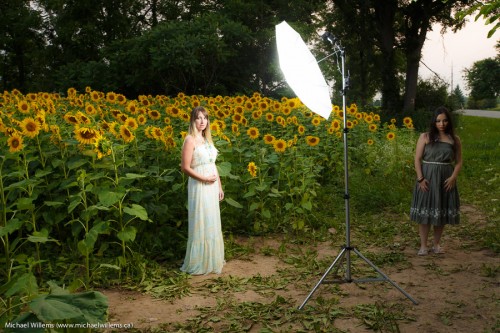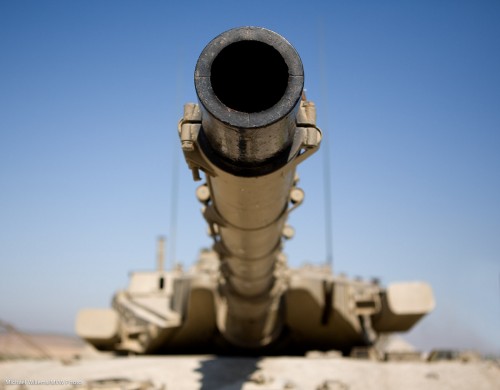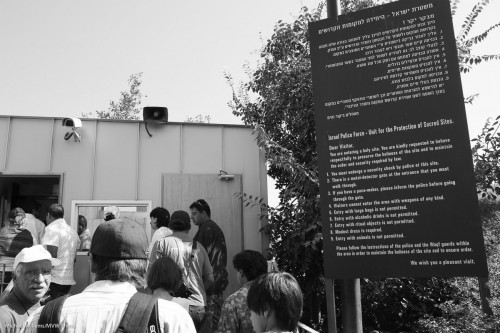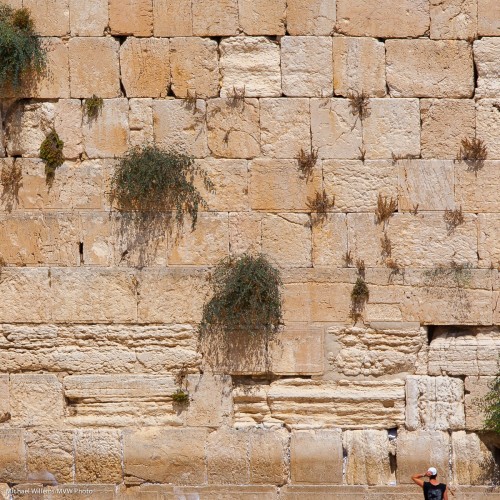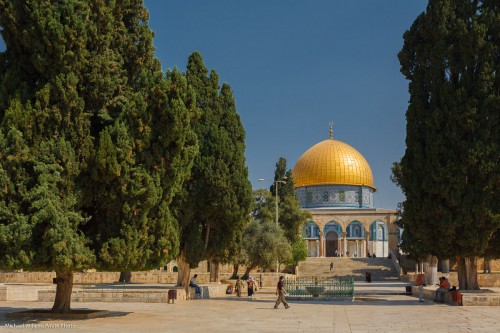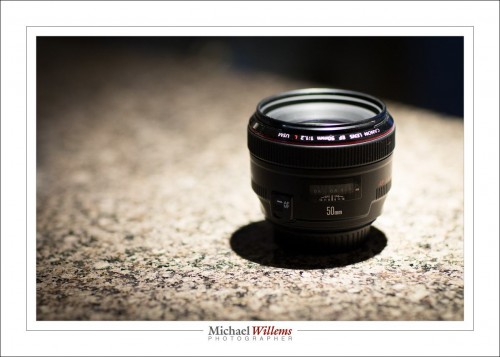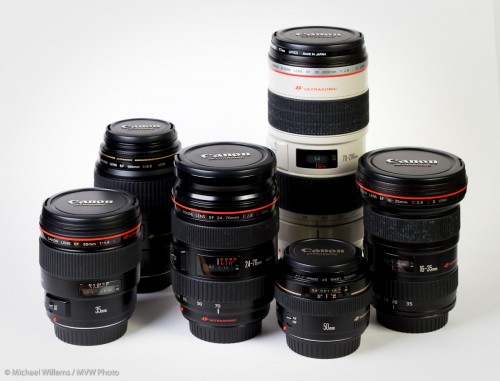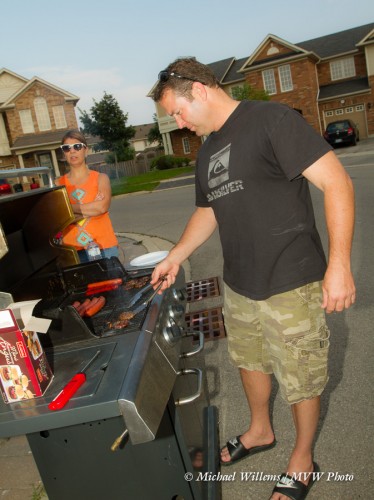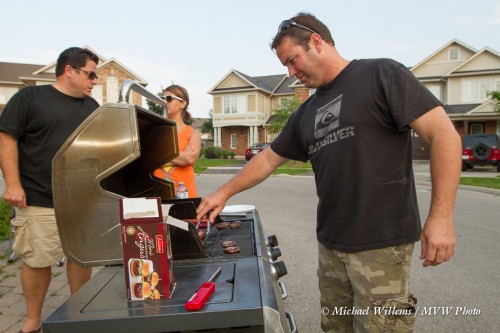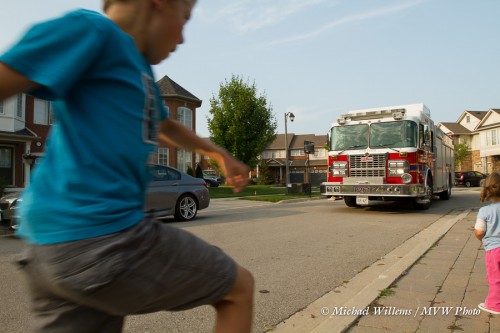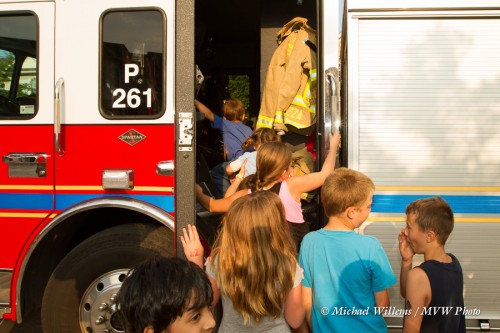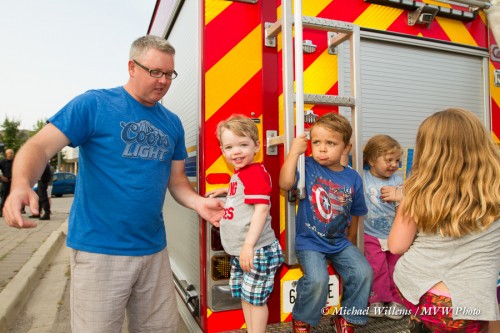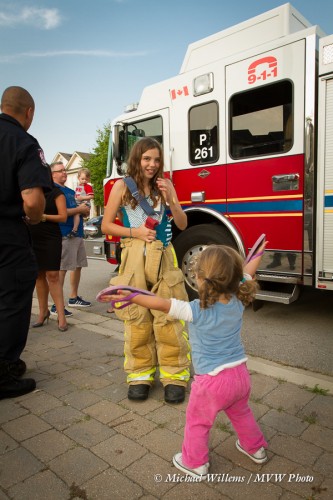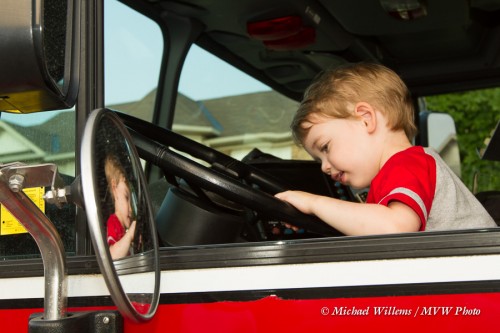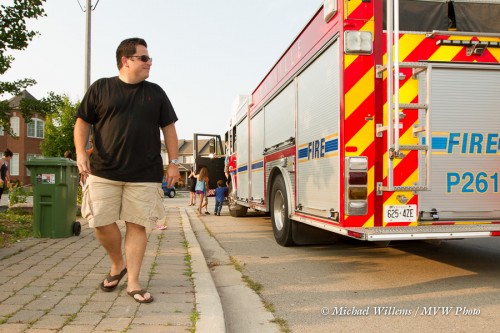Today, I shot another business executive portrait. Or rather, a series of portraits. I needed both formal and informal.
What are the needs for an executive portrait? What does a photographer need to be able to do them well?
Equipment—so I have a full studio in the car. And at least two cameras, five speedlights, four light stands, softboxes, umbrellas, and so on. Fast lenses, too. Clasps, brackets, modifiers, “thingies”.
Knowledge—clearly, you need to know your stuff. Especially, know about light; light direction; flash; standard portraits; portrait “gotchas”; and balancing flash with ambient.
Composition—this is the most important need: quickly spotting the opportunities in an office environment, which was not designed for artistic portraiture. If you can learn this, you can do successful business portraits. You need to be able to see context: an environmental portrait is also known as a “contextual” portrait. The “background” needs to be meaningful. This is what separates the men from the boys, i.e. where you use your experience.
Detail—you need to be able to see detail, especially “stuff to remove”. You do not want things coming out of your subject’s head, you need to avoid including garbage cans, and so on. Keep your eyes open!
People skills—you need to see what the person you are shooting is all about, what makes him/her tick. You need to establish a relationship quickly. Be reassuring and be confident: any hesitation will be seen as a sign of weakness. Exude the sense that you know your business.
Post—you need to know what you can do in post-production; and you need to be good, and quick.
So let’s take a look at today. The challenges were the usual: no space, no obvious places to shoot. No space for formal, and no obvious places for informal. The office was small, and there was no time for a long walk-around. Normally I would like an hour by myself to find good spots; but this time, the walk-around had to be done with the client showing us.
Challenges. But that’s why I am a photographer.
Of course we did “formal” using a door as the backdrop, a speedlighter/umbrella as key, ambient light as fill:
Good. Well lit, nice catchlights in the right place.
Now, the environmental portraits.
The first thing I noticed was a nice hallway with converging lines. I put my assistant, intern Daniel, in it, for a test shot:
Yup. That works. That is not a finished product, but when I see that, I know what I can do. In the end portrait, I de-saturate the yellow, to get this:
But the other side appeals more, because of the visual interest and because of the “work” it implies: this is a manufacturing facility, after all. See that other side here:
(1/200 sec at f/2.8, ISO 400, bounced-behind speedlight)
That I am happy with.
Next, more converging lines: the test kitchen. I did the same there:
(1/250 sec at f/5.6, ISO 400, “bounced-behind-me” speedlight plus ambient)
Or vertical:
And finally, a more traditional office shot.
There, the challenge was to expose the green background properly. Not much of a challenge: all you need to do is pay attention. Expose for that background, then add flash. 1/250 sec at f/5.6, ISO 400.
As you see, a simple “executive headshot” shoot can actually be fairly complicated and can need a whole range of skills. On the plus side, this kind of shoot is fun, and can allow you to get really creative.
___
Want to learn this stuff? Yes! Take some private training from me, and read my books, from http://learning.photography.

